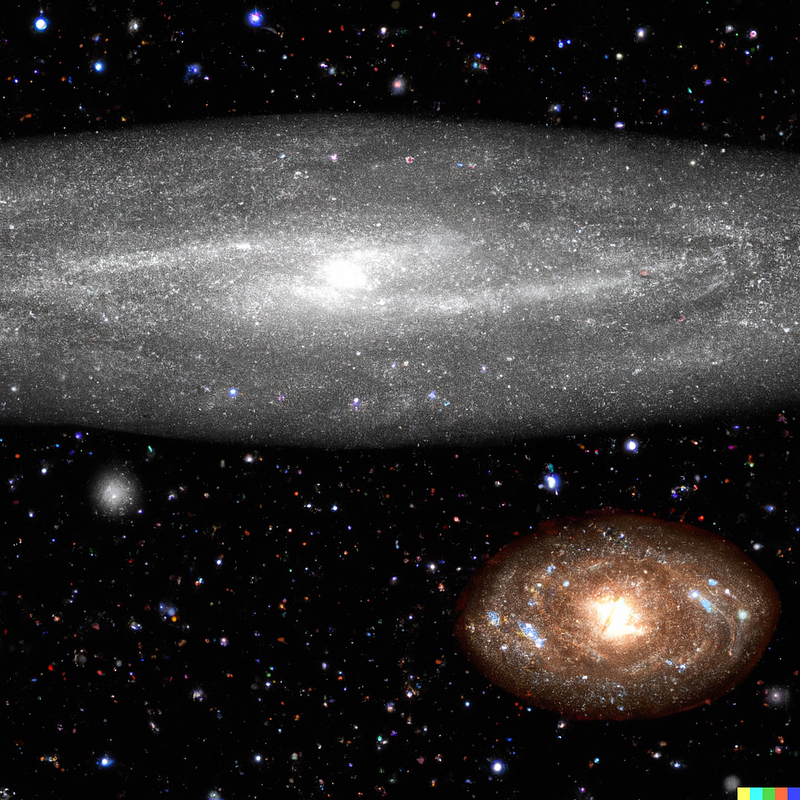Revolutionary Insights from James Webb Telescope's Early Universe Discoveries
Written on
Chapter 1: Challenging Conventional Wisdom
The James Webb Space Telescope has made remarkable contributions to our comprehension of the early universe. In less than a year of operations, its groundbreaking observations are prompting scientists to reconsider long-standing theories about galactic formation.

Astronomers are baffled by the recent findings which suggest the existence of mature galaxies much earlier than previously believed. A study based on the telescope's initial data release describes these galaxies as being nearly as massive as the Milky Way, containing mature red stars. Initially perceived as mere reddish dots, these celestial bodies contradict expectations about the kinds of galaxies that should have existed shortly after the Big Bang. By examining the light emitted from these galaxies, researchers determined that they were observing the universe only 500 to 700 million years post-Big Bang.
The prevailing belief was that star clusters began to form soon after the universe emerged from the so-called dark ages. While the discovery of galaxies themselves wasn't unexpected, the presence of such developed galaxies at this early stage is perplexing, particularly since the universe was largely obscured by a dense fog of hydrogen atoms during the first 400 million years.
Section 1.1: A Shift in Understanding
“We had specific expectations for the type of galaxies that live in the early universe: they are young and small… Previous studies of the early universe with Hubble and other instruments tend to find small, blue, baby galaxies at early times.”
~ Joel Leja, Lead Author of the Study

The authors of the study are grappling with how these galaxies could have formed so soon after the Big Bang and are exploring alternative theories. One possibility is that stars in the early universe emitted light in unusual ways due to the absence of heavy elements, which may not be reflected in current models. Another theory suggests that our understanding of local star formation may not apply to the conditions present in the early universe.

These six galaxies could compel astronomers to revise fundamental cosmological principles. The images were captured using Webb's Near Infrared Camera as part of the Cosmic Evolution Early Release Science program. Researchers plan to analyze the light spectra from these distant galaxies to uncover their chemical and physical characteristics. By dissecting the light based on its wavelength, they can obtain precise distance measurements for these objects, which is crucial for confirming or challenging existing theories.
Section 1.2: Revealing the Past
The research indicates that young stars radiate a bright blue light, while older stars emit a reddish glow as they deplete their fuel and cool down. However, the Webb Telescope's findings included ancient galaxies with unexpected red stars, which challenges the established timeline of stellar evolution.
Chapter 2: Unexpected Discoveries in Galactic Mass
The first video titled James Webb Space Telescope images shatter understanding of age of the universe explores how Webb's discoveries are reshaping our notions about cosmic timelines and the formation of galaxies.
The second video titled James Webb Telescope Captures First Real Image Of Galaxy Older Than The Universe! delves into the implications of discovering galaxies with masses exceeding one billion suns. These faint reddish dots observed in Webb's deep fields reveal a mass fifty times greater than previously anticipated.
Despite their expectations of surprises from the early universe, astronomers did not foresee such a profound upheaval in current astronomical theory. It appears that a reevaluation of our understanding of cosmic history is in order.
The complete research findings were published in the Journal of Nature.